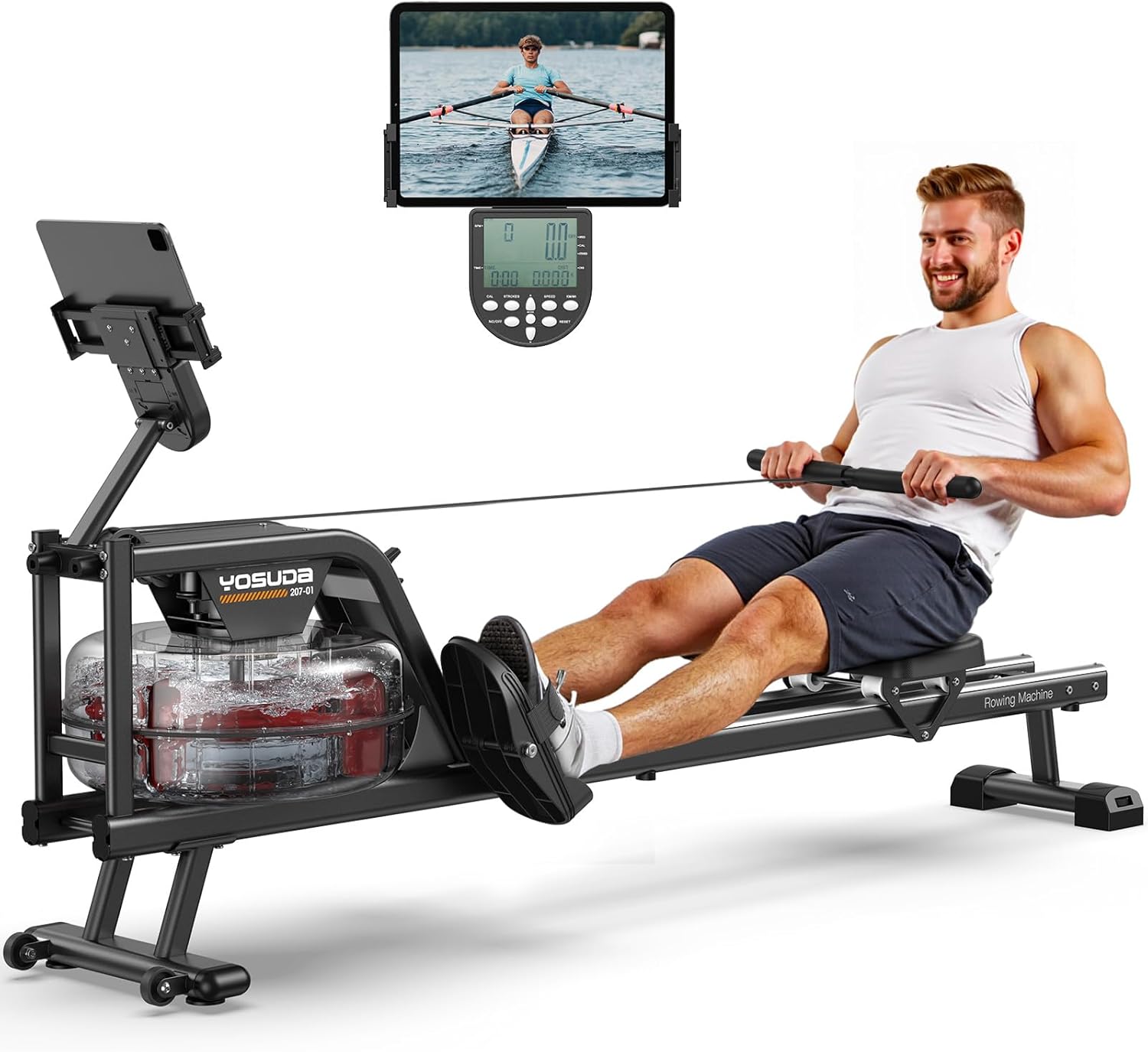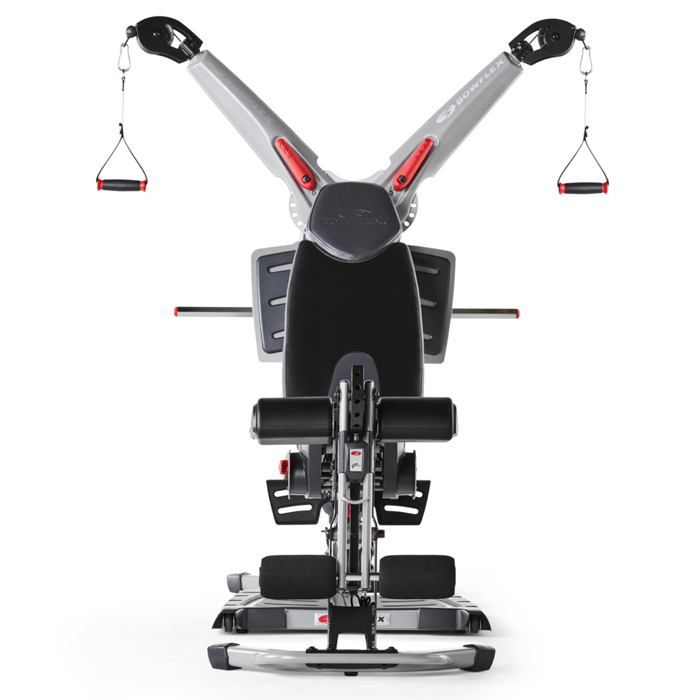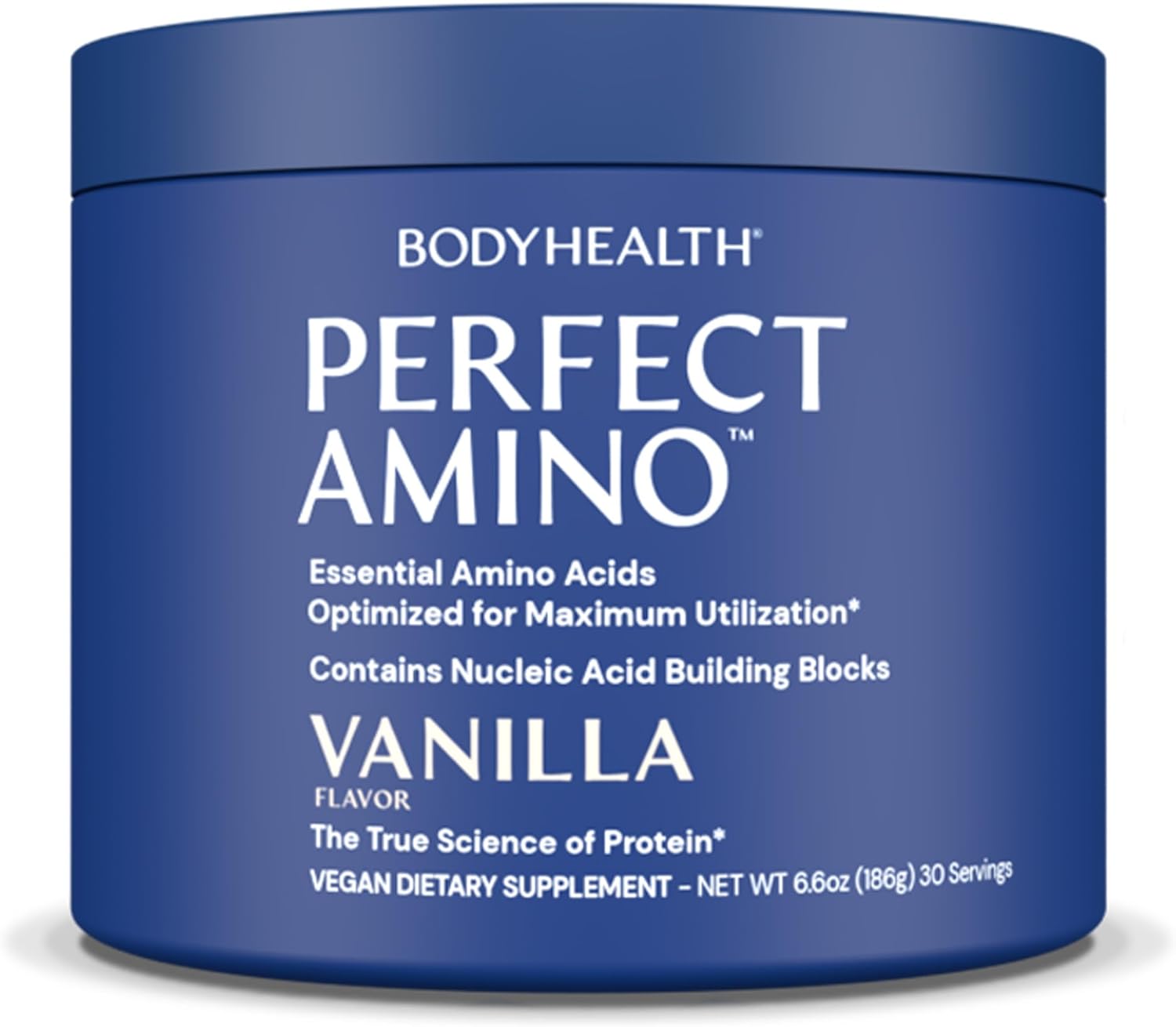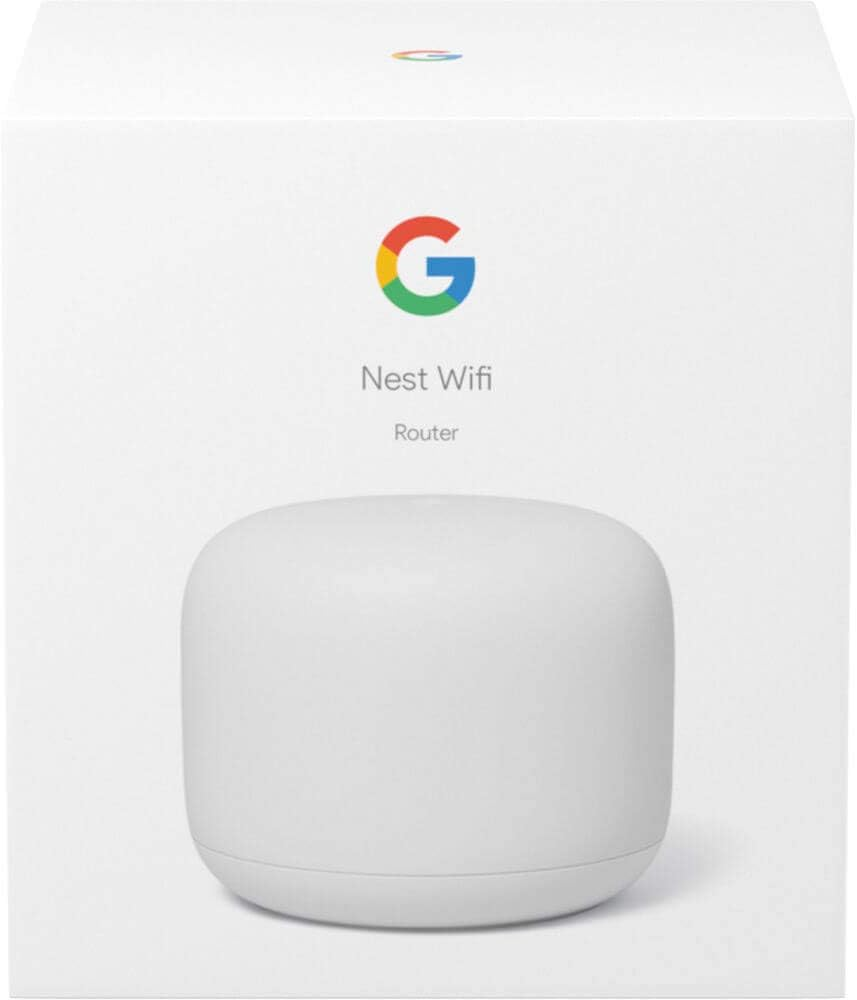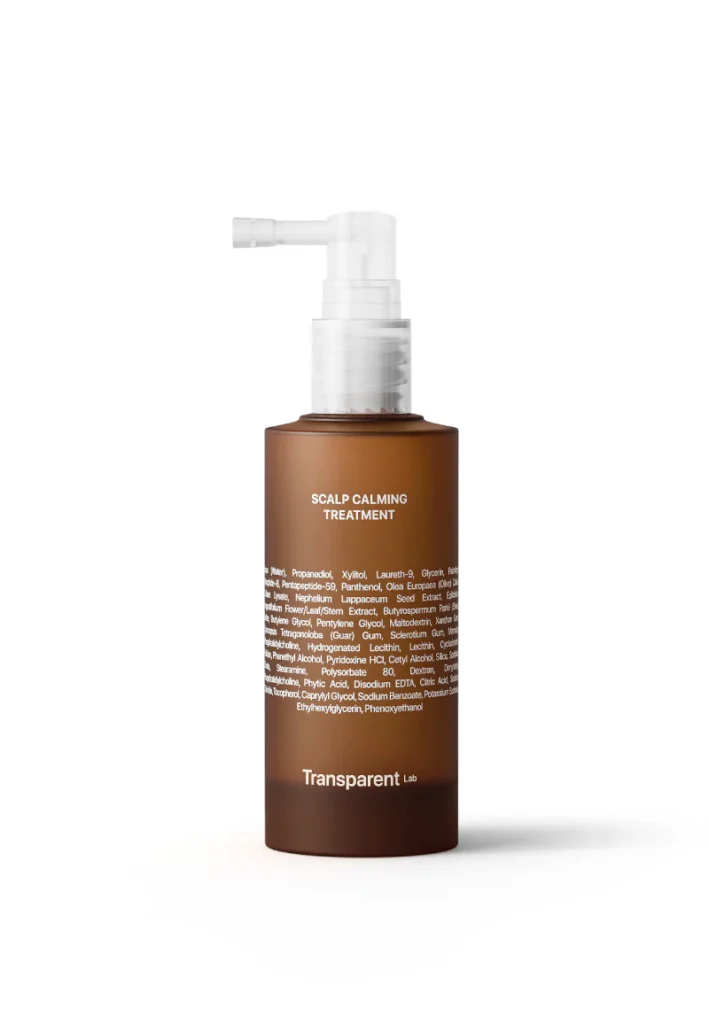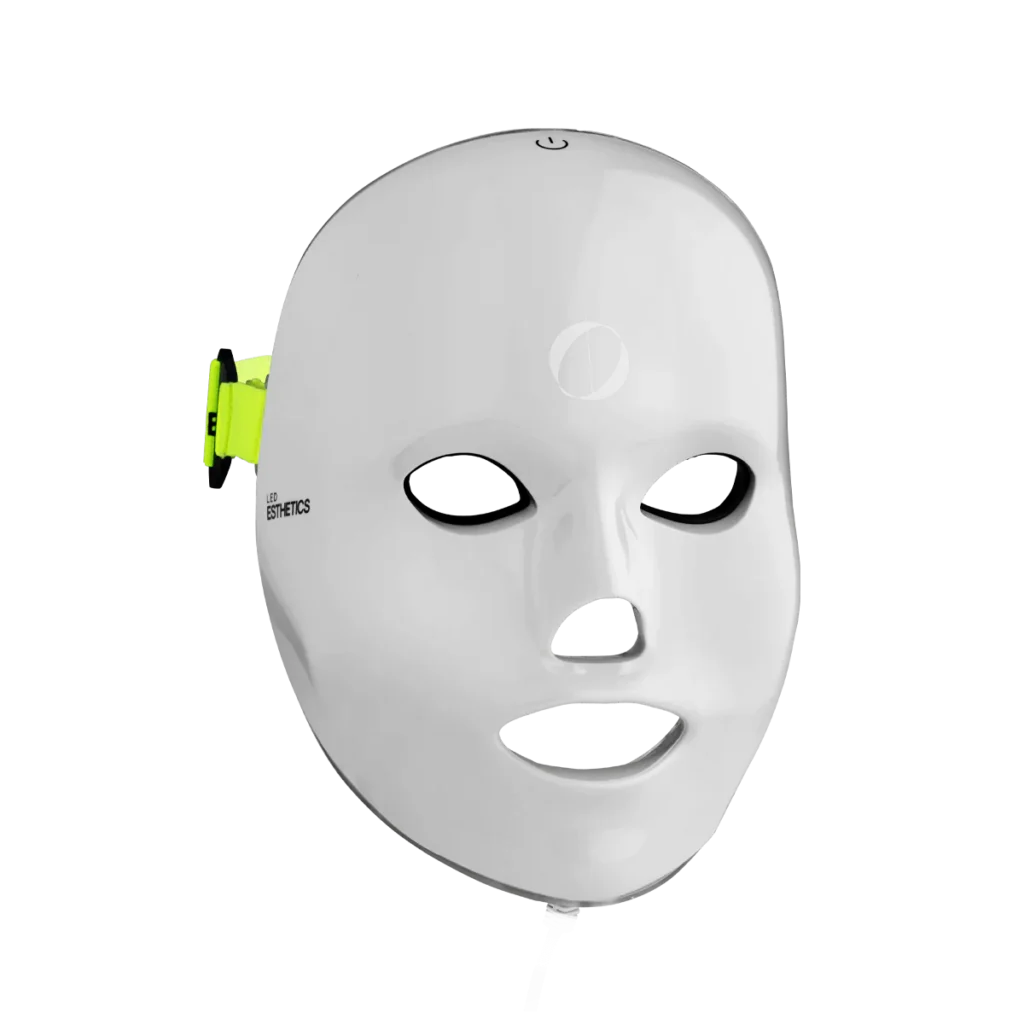Some home equipment gathers dust; a well-chosen rower becomes your most dependable training partner. It’s quiet, joint-friendly, and brutally efficient at building cardio capacity while recruiting your legs, core, and back in one fluid chain of movement. In this article, you’ll learn how to set up and master the stroke, pick the right resistance, design week-by-week programs, and keep your machine dialed—so the YOSUDA Magnetic/Water Rowing Machine for Home becomes a habit, not a hanger.
Shop YOSUDA Magnetic/Water Rowing Machine
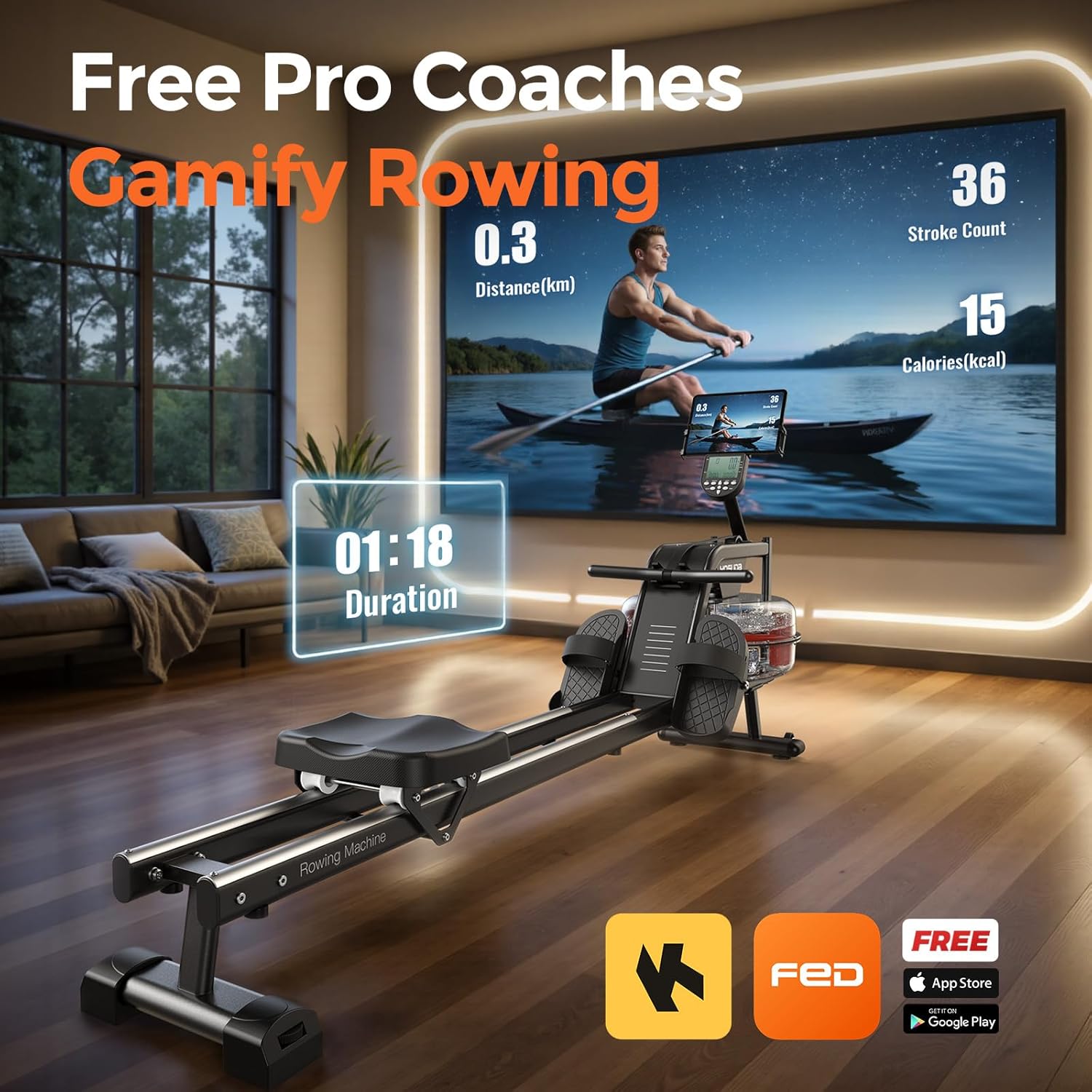
Why Rowing Works (Even When Life Is Busy)
Rowing is the rare cardio that lets you push hard without punishing your joints. The stroke recruits big posterior-chain muscles (glutes, hamstrings, lats) with continuous core engagement. That means you can score serious fitness returns in 15–25 minutes when schedules get chaotic. With the YOSUDA Magnetic/Water Rowing Machine for Home, you get the smooth feel people love in water rowers and the predictable, adjustable resistance of a magnetic system—ideal for beginners who want consistency and intermediates chasing progressive overload.
Set Up for Success: Space, Sizing, and First Checks
Before your first row, give yourself a quick setup audit. Place the machine on a level surface with enough clearance behind the seat so the rail runs free. Align the footplates so the strap crosses the ball of your foot and the heel rests comfortably—being locked too high or too low encourages sloppy knee travel. Adjust the damper/magnetic dial to an easy-medium setting for the first week; you’ll earn heavier resistance soon, but clean form is your foundation.
Keep a towel and water bottle within reach—short rests between intervals are easier when essentials are on hand. If you train early or late, appreciate how a magnetic system keeps noise low while a water component adds pleasing stroke feedback. The YOSUDA Magnetic/Water Rowing Machine for Home is built for home realities: efficient footprint, smooth travel, and a resistance profile you can dial up or down quickly.
Learn the Stroke: Four Phases That Never Change
A strong row is sequencing, not brute force. Memorize this cadence: legs → body → arms on the drive, and arms → body → legs on the recovery.
- Catch: Shins vertical, heels down or lightly lifted, torso hinged forward from the hips (not rounded), lats set, eyes neutral.
- Drive: Push the platform away with your legs while your arms stay long; when your legs approach straight, hinge the torso back to ~11 o’clock; finish by bringing the handle to the lower ribs with elbows traveling past the body.
- Finish: Legs straight but not locked, core braced, shoulders relaxed, wrists neutral—not cocked.
- Recovery: Reverse it: extend arms fully, hinge forward from the hips, then bend the knees to slide to the catch—quiet and controlled.
Drill this at a conversational pace for 5–7 minutes each session’s start. The YOSUDA Magnetic/Water Rowing Machine for Home rewards clean sequencing with a silky, rhythmic feel; yanking early with the arms makes the stroke choppy and kills power.
Shop YOSUDA Magnetic/Water Rowing Machine
Magnetic + Water, Explained
Water systems scale resistance with stroke speed (row harder, feel heavier). Magnetic systems add adjustable baseline load independent of stroke rate. Together, this hybrid feel helps you:
- Develop technique on lighter settings without losing smoothness,
- Progress steadily by nudging the dial up across weeks, and
- Mix modalities (steady vs. interval work) without the resistance feeling twitchy.
A simple rule: if your form crumbles or rate spikes to maintain pace, drop the resistance one notch and reclaim technique. The goal is consistent split times (pace per 500 m) at a rate you can sustain.
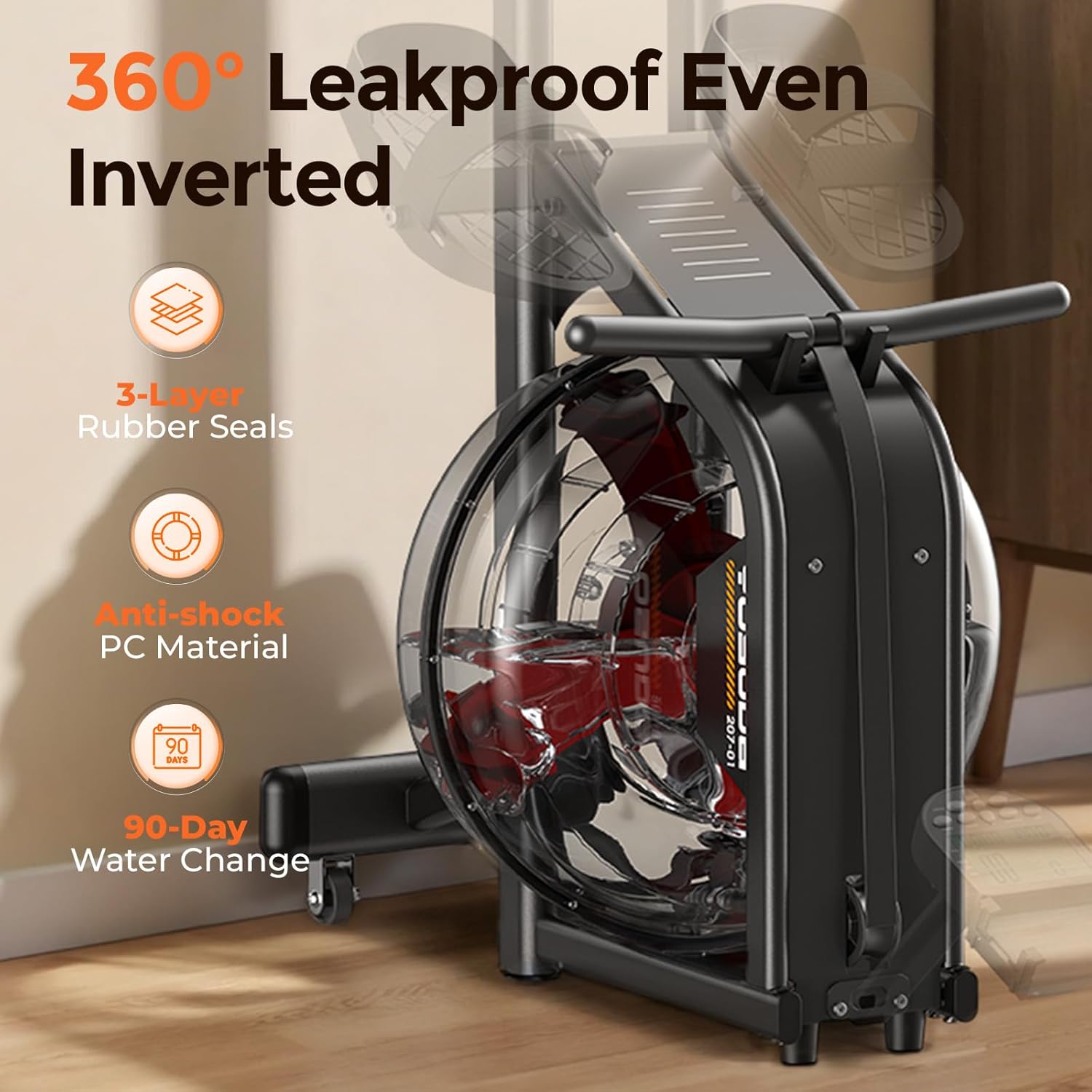
Your First Four Weeks: A Clear, Doable Plan
Week 1 — Base & Mechanics (3 sessions):
- 10 min technique + easy row (Rate 20–22 strokes/min)
- 4 × 2 min steady / 1 min easy (keep the same moderate pace)
- 5 min cool-down + mobility
Week 2 — Build Endurance (3–4 sessions):
- 12–15 min continuous at conversational pace
- 6 × 1 min on / 1 min off at slightly faster splits
- 8–10 min cool-down & core (planks, dead bugs)
Week 3 — Introduce Threshold (3 sessions):
- 3 × 6 min at “comfortably hard” with 2 min easy between
- Finish with 6–8 sprint bursts: 20 sec hard / 40 sec easy
Week 4 — Mix & Reassess (3–4 sessions):
- One long easy row (20–25 min)
- One threshold session (e.g., 4 × 5 min hard / 2 min easy)
- One HIIT day (Tabata style: 8 × 20/10 at controlled form)
- Optional easy technique day
If you maintain clean catches and predictable splits, nudge resistance one step higher in Week 3 or 4. The YOSUDA Magnetic/Water Rowing Machine for Home is designed to make these progressions feel linear and confidence-building.
Shop YOSUDA Magnetic/Water Rowing Machine
Form Fixes That Unlock Speed (and Save Your Back)
- Don’t overreach at the catch. Shins vertical is enough; collapsing forward rounds the lumbar spine.
- Drive with legs first. If the handle moves before your seat, you’re “arm-yanking.” Think of pushing the floor away.
- Finish clean. Handle to lower ribs, elbows past the body, lats engaged—no shrugging.
- Float the recovery. Count “1-2-3” on the way in; rushing the slide spikes heart rate and wrecks rhythm.
A good cue: quiet chain, quiet seat. The hybrid resistance of the YOSUDA Magnetic/Water Rowing Machine for Home naturally rewards smooth acceleration and calm recovery.
Programming for Goals: Fat Loss, Endurance, or Cross-Training
- Fat loss / general fitness: 3–4 shorter sessions (15–25 min) with a blend of steady and intervals. Keep one easy long row weekly to build capacity.
- Endurance focus: Two longer steady rows (25–40 min) and one threshold session. Pace discipline beats heroics.
- Cross-training for runners/lifters: 2–3 rows/week around strength or run days; use technique rows for active recovery and short intervals for VO₂ spice without pounding your joints.
Track your pace per 500 m, stroke rate (spm), and session RPE (how hard it felt on a 1–10 scale). These three numbers tell you if you’re ready to climb resistance or should consolidate where you are.
One Mixed Block (Checklist + Guidance): Your 10-Point Rowing Audit
Use this every couple of weeks to keep training honest:
- 1. Footstrap line: Crosses the widest part of the shoe? Adjust if not.
- 2. Catch posture: Neutral spine, lats on, shins vertical.
- 3. Drive order: Legs → body → arms (film one set to check).
- 4. Recovery order: Arms → body → legs (slow the slide).
- 5. Stroke rate: Can you hold target spm without sprinting?
- 6. Split stability: Are your 500 m splits within ±3 seconds across an interval set?
- 7. Handle path: Straight to the ribs—no looping or wrist break.
- 8. Seat noise: Quiet equals clean timing.
- 9. Breath rhythm: In on the recovery, out on the drive (or a pattern you can repeat).
- 10. Exit plan: Towel, water, and 3 minutes of mobility so tomorrow’s session feels good.
Small-Space Tactics and Accessories
Rowers are friendly to apartments and shared spaces. Place a thin mat under the YOSUDA Magnetic/Water Rowing Machine for Home to protect floors and dampen vibration. Keep a small fan aimed across you to simulate the airflow you’d feel outdoors; it reduces perceived exertion. A simple heart-rate strap plus a phone timer is enough data—avoid dashboard overload if it distracts you from form. Headphones with a metronome or a playlist matched to your target strokes per minute help solidify cadence.
Shop YOSUDA Magnetic/Water Rowing Machine
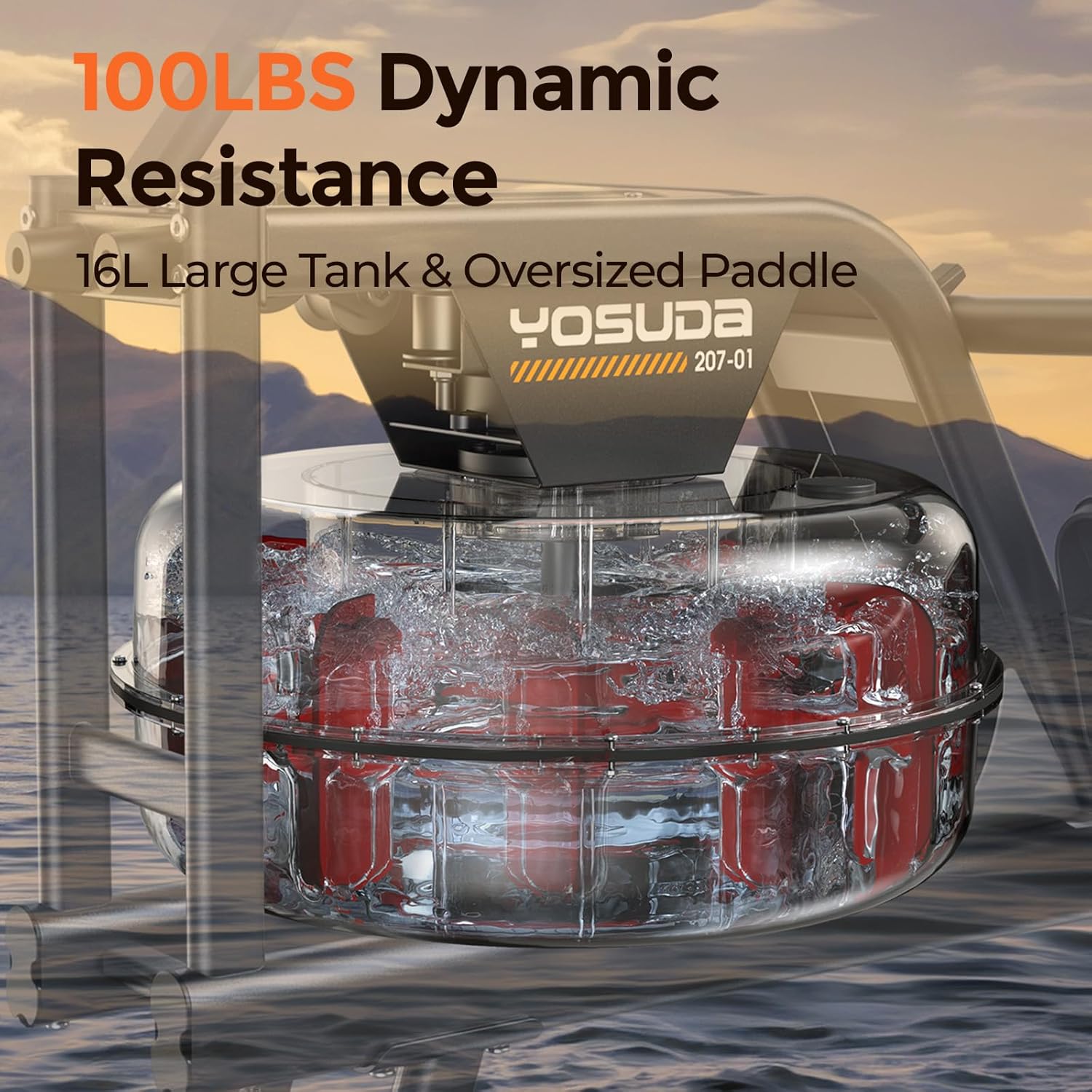
Recovery, Mobility, and Strength Pairings
Rowing loves company:
- Mobility: Hip flexor openers, thoracic rotations, and ankle dorsiflexion work keep the catch clean.
- Core: Anti-rotation holds (pallof presses), planks, and dead bugs help transfer leg power to the handle.
- Strength: Hinge patterns (RDLs), split squats, and rows complement the stroke mechanics. Two short strength sessions weekly can transform how powerful your drive feels.
Maintenance Made Easy
Wipe the rail and seat wheels after sweaty sessions to keep glide smooth. Check the chain or belt for proper tension per the manual; a quick spot-check monthly prevents surprises. For hybrid systems, respect any guidance on water tank care if applicable (additive or periodic changes) and keep the unit dust-free. The YOSUDA Magnetic/Water Rowing Machine for Home is built for low-maintenance living—regular light care beats rare deep fixes.
Troubleshooting: Common Hurdles, Fast Fixes
- Numbing hands or forearms? Loosen your grip; think “hooks, not clamps.” Keep wrists neutral and elbows close.
- Lower-back tightness? Rebuild the catch: hinge from hips with a braced core, avoid rounding, and don’t overreach.
- Gassing out early? Drop resistance one notch, steady your rate, and lengthen the recovery.
- Wild split times? Use a metronome playlist to hold 20–24 spm and focus on consistent leg drive.
- Knee pain at the catch? Stop before knees go past the toes; raise footplate one hole if needed.
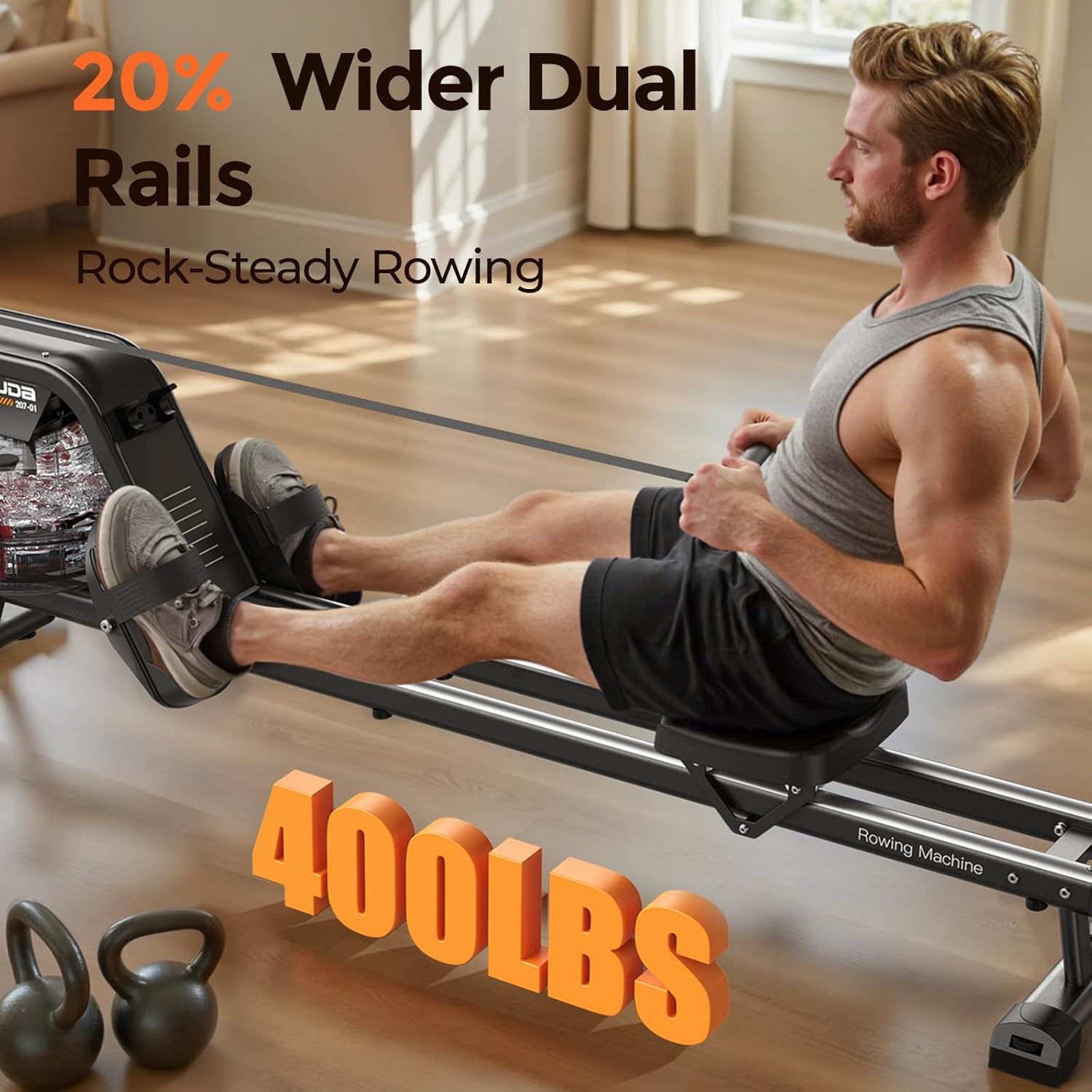
Conclusion
A rower turns 20 spare minutes into a training edge—if you set it up right, respect the stroke, and progress with purpose. With the YOSUDA Magnetic/Water Rowing Machine for Home, you get smooth feedback, adjustable resistance, and a compact footprint that fits real life. Start with clean mechanics, anchor a simple four-week plan, and audit your form often. When the habits click, you’ll feel it: steadier splits, quieter breathing at the same pace, and a kind of whole-body strength that carries into everything else you do.
Shop YOSUDA Magnetic/Water Rowing Machine
FAQ
- How should a beginner set resistance on day one?
Choose an easy-medium setting that lets you hold clean form and a steady split for at least 10–12 minutes. Form first, then load. - What stroke rate should I aim for?
Most steady rows live at 20–24 spm; intervals may climb to 26–30. Higher isn’t always better—power and rhythm beat frantic strokes. - Where should I feel the work?
Primarily legs and glutes on the drive, with core engagement and a strong finish from the back. If your arms are burning first, you’re pulling early. - How often should I row each week?
Three sessions build momentum; four adds capacity. Keep at least one easier technique day to sharpen form. - Can I use this around neighbors or sleeping kids?
Yes—magnetic systems run quietly, and the added water feedback is a soft whoosh. A mat helps dampen vibration in apartments. - How do I track progress without fancy apps?
Log time, average split, stroke rate, and RPE. If your split improves at the same rate and RPE, you’re getting fitter. - Is rowing okay if my knees are sensitive?
It’s typically joint-friendly, but keep shins vertical at the catch and don’t slam into full extension. If pain persists, consult a qualified professional. - What else should I do on non-rowing days?
Short strength sessions (hinge, squat, row, press) and mobility work amplify rowing performance and resilience.


